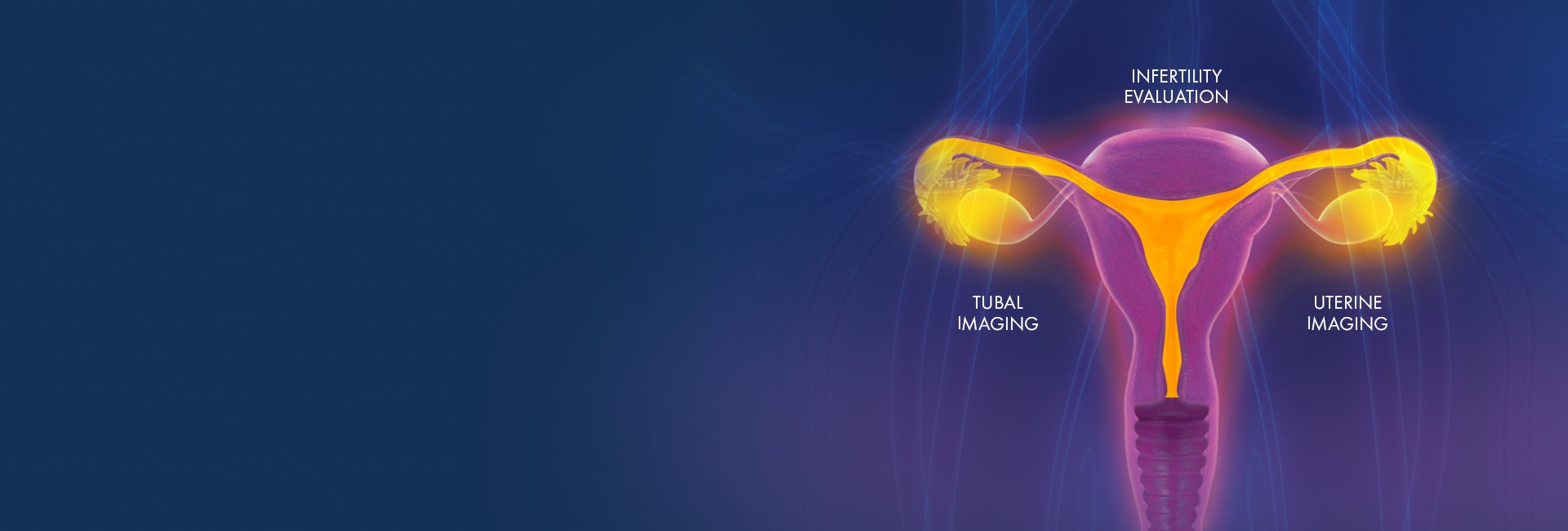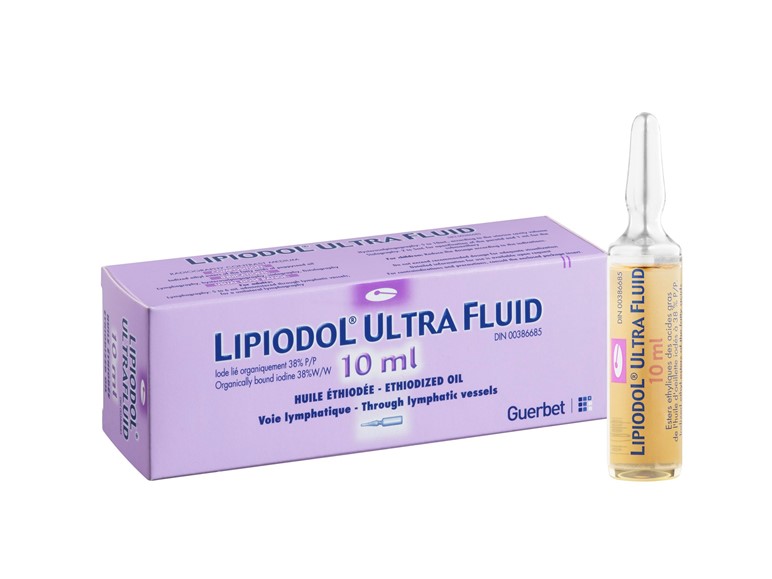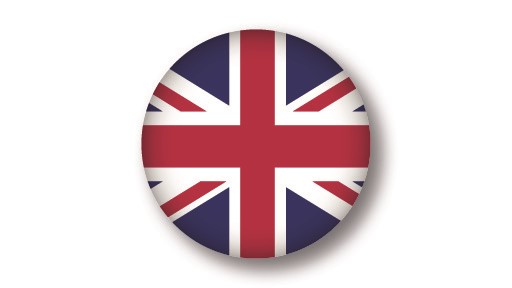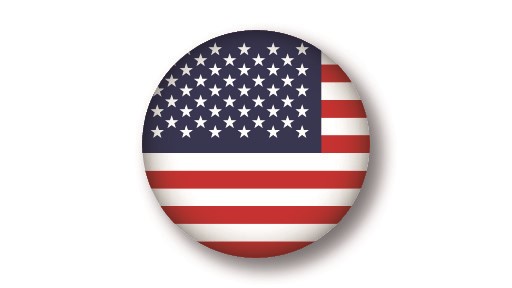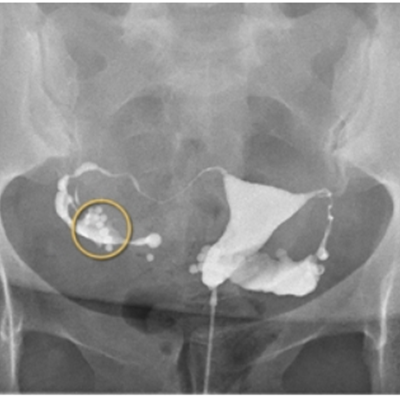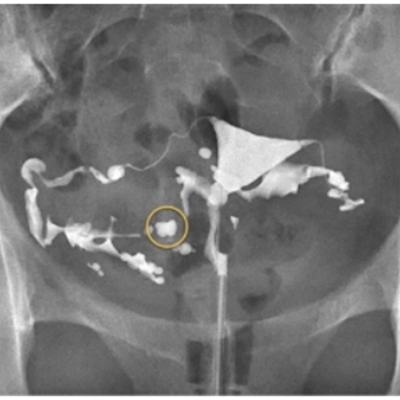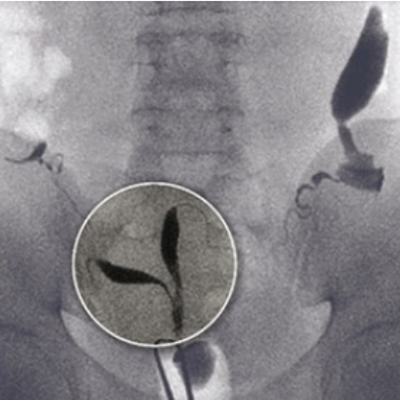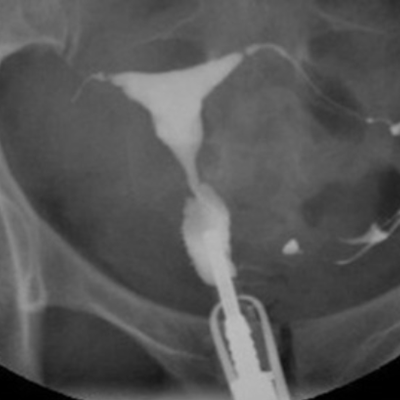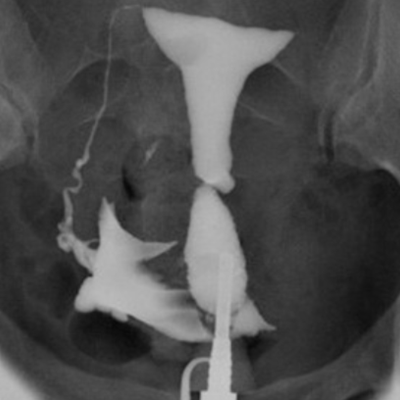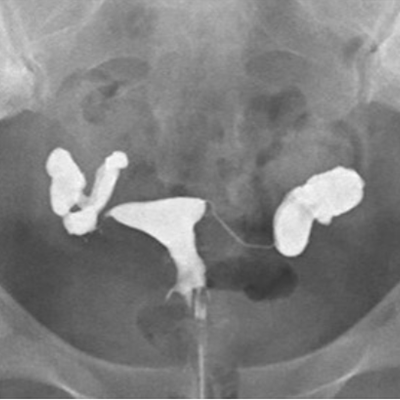Fertility Enhancement: Latest clinical evidence
New clinical evidence show that an HSG with Lipiodol® Ultra Fluid enhances pregnancy and live birth rates. 1-7
Effectiveness on fertility outcome of tubal flushing with different contrast media: systematic review and network meta-analysis
Wang R et al. 2019. Ultrasound Obstetric Gynecology
• Objective: To compare, in women with infertility, the effectiveness of tubal flushing using Oil-Soluble Contrast Medium (OSCM Lipiodol® Ultra Fluid) or Water-Soluble Contrast Medium (WSCM)
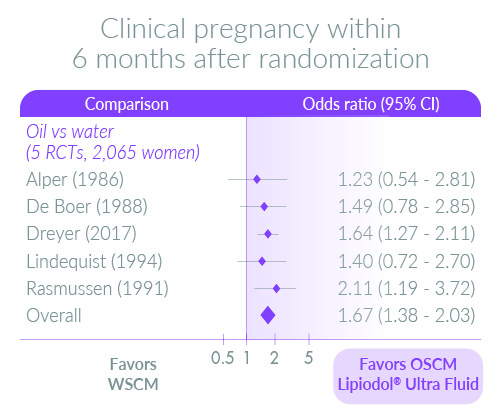
• Conclusion: «…In women with infertility undergoing fertility workup, tubal flushing using oil-based contrast medium probably increases clinical pregnancy rates within 6 months after randomization and may increase subsequent live-birth rates, compared with tubal flushing using water-based contrast medium and compared with no intervention…»
Read the study
Oil-based or water-based contrast for hysterosalpingography in infertile women
The New England Journal of Medicine. Dreyer K et al. 2017
• Objective: Evaluate the fertility enhancing effect of HSG with Oil-Soluble Contrast Medium (OSCM Lipiodol®) as compared to Water-Soluble Contrast Medium (WSCM Telebrix® Hystero)
• Multicenter randomized controlled trial; 1,108 infertile women randomized to HSG with OSCM (n=554) or WSCM (n=554)

• Conclusion: «…Rates of ongoing pregnancy and live births were higher among women who underwent hysterosalpingography with oil contrast than among women who underwent this procedure with water contrast...»
> Read the study
The FLUSH trial - Flushing with Lipiodol® for unexplained (and endometriosis-related) subfertility by hysterosalpingography: a randomized trial
Human Reproduction. Johnson NP et al. 2004
Human Reproduction. Johnson NP et al. 2007
• Objective: Ascertain the effectiveness of Lipiodol® flushing for enhancing fertility
• Single centre, open parallel randomized controlled trial | 158 women randomized to HSG with Lipiodol® Ultra Fluid or to no intervention, stratified into 2 populations: 96 women without confirmed endometriosis and 62 women with endometriosis who had normal Fallopian tubes and ovaries
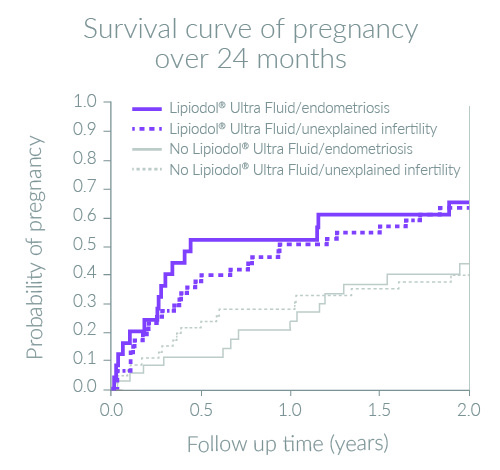
• Conclusion: «...Lipiodol® flushing is effective at enhancing fertility not only for women with endometriosis, but also for those with pure unexplained infertility…»
Results at 6 months: > Read the study
Results at 2 years: > Read the study
